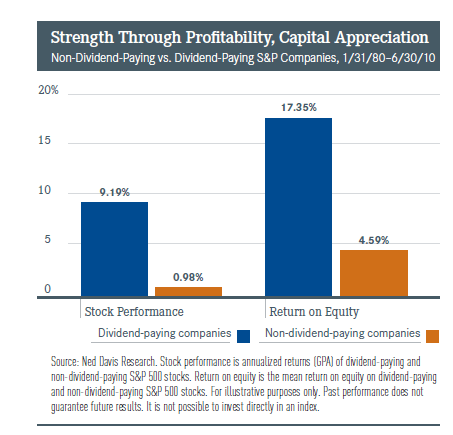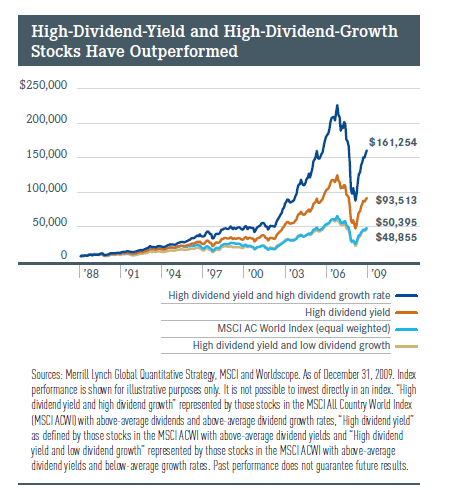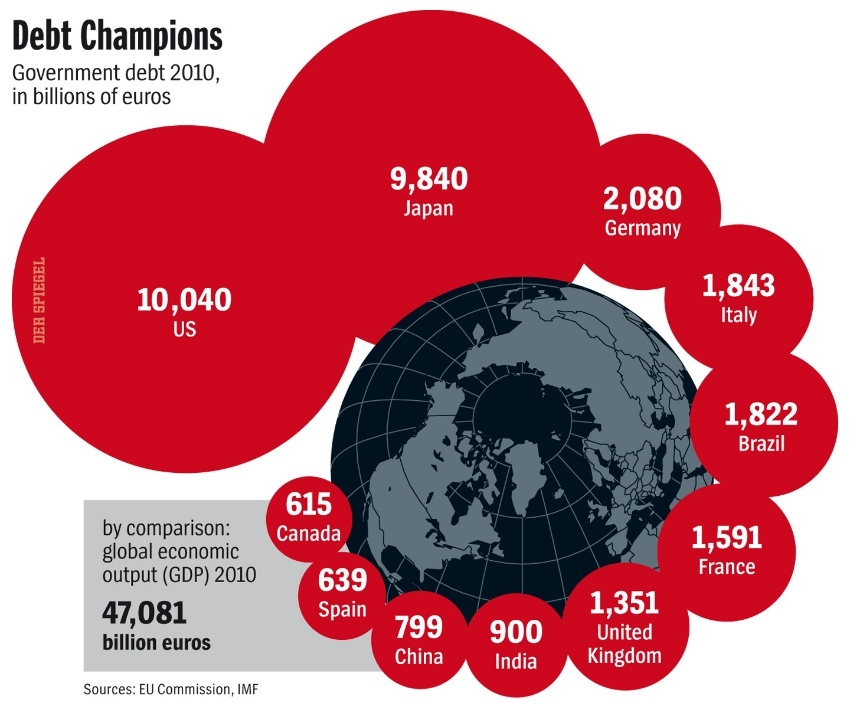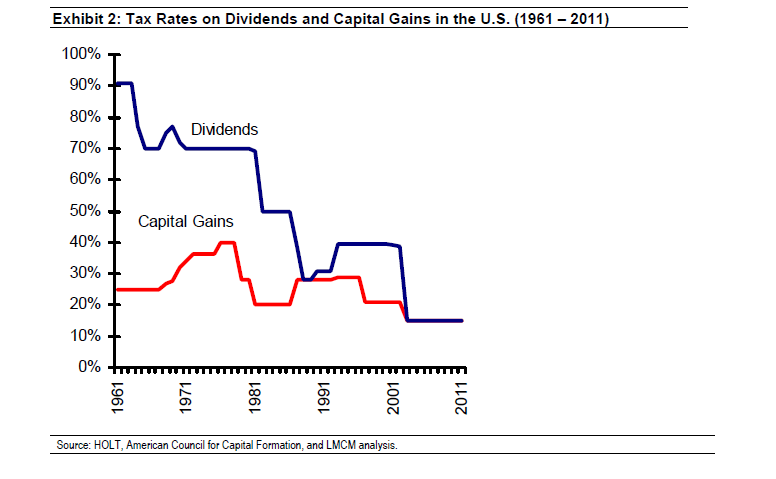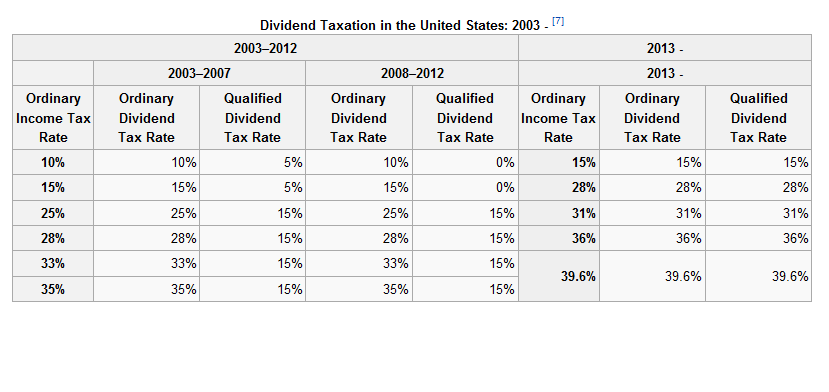Bank stocks were hit hard day before yesterday when global equity markets plunged. The dramatic selloff in Bank of America (BAC) and Citibank(C) stocks in the U.S. raised fresh fears of their failures. It is not just U.S. domestic banks that are still reeling from the effects of the credit crisis. Foreign banks are also suffering due to many reasons including pressure on profits due to rising interest rates, loan losses tied to the real estate sector, lack of trust on their balance sheets, further losses due to bad assets, etc.
The table below shows the year-to-date performance of foreign bank stocks:
[TABLE=1033]
Source: BNY Mellon
The only bank that is in positive territory YTD is HDFC Bank (HDB) of India. All the other banks in the red YTD with some European banks especially down heavily.
Disclosure: Long BCH, BBD, ITUB, BMA, STD, RBS, LYG
